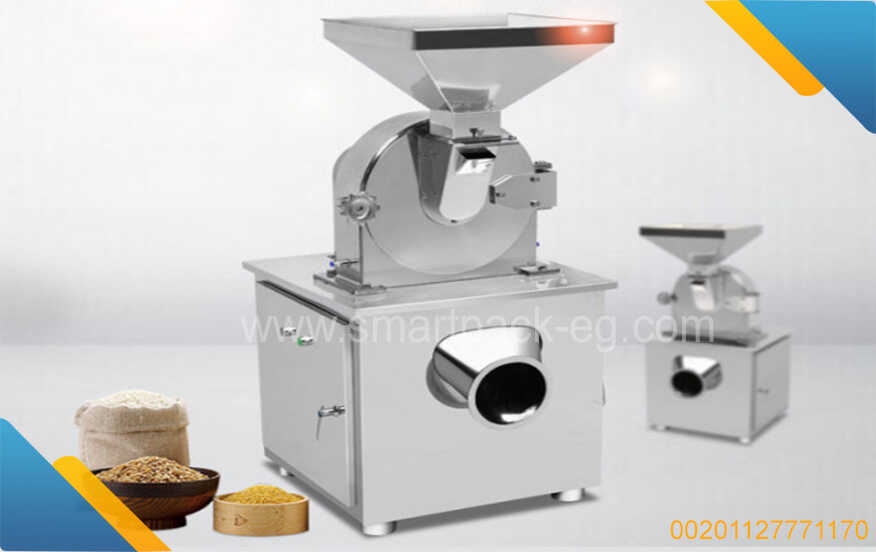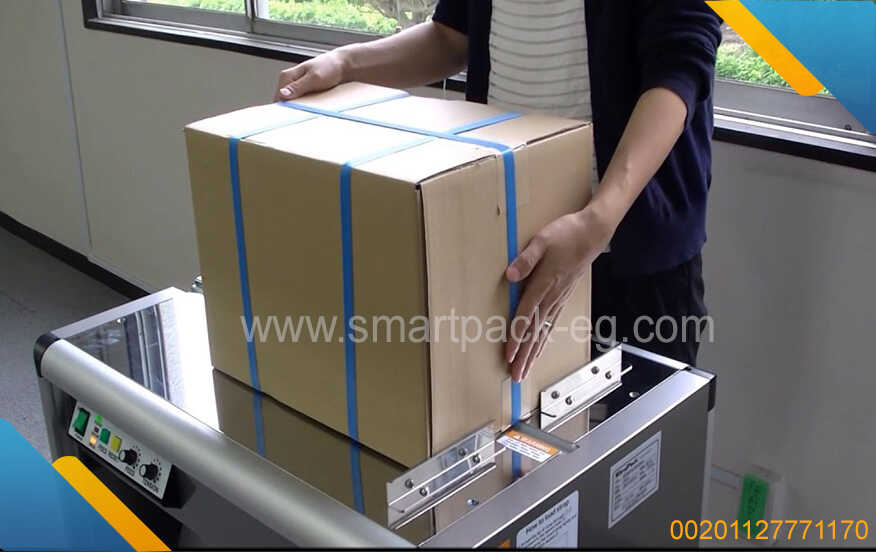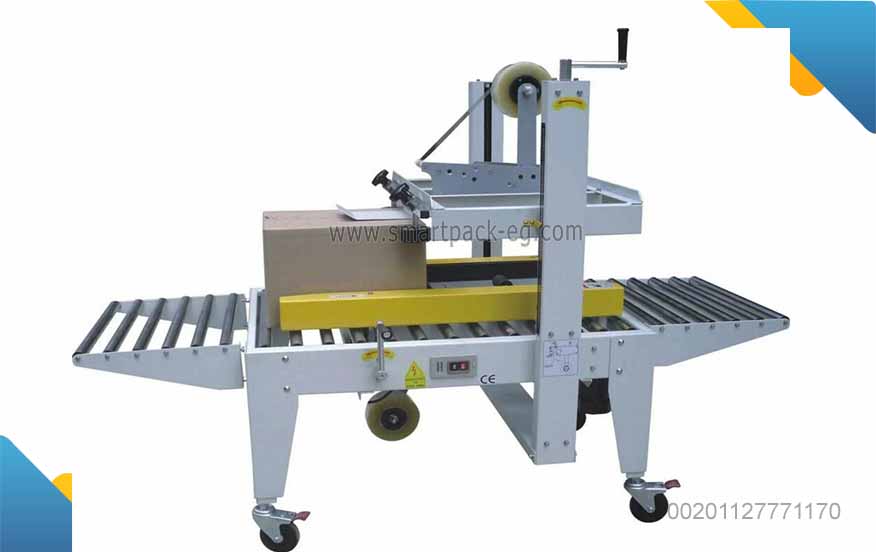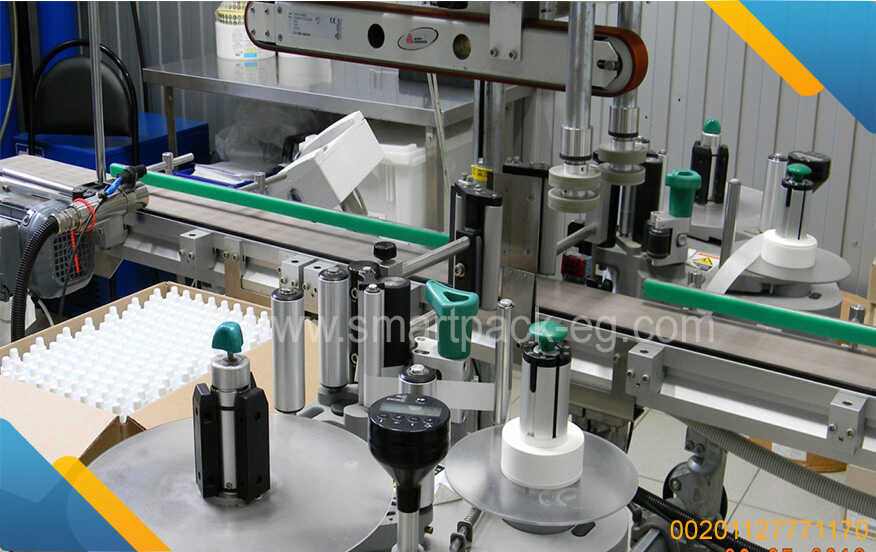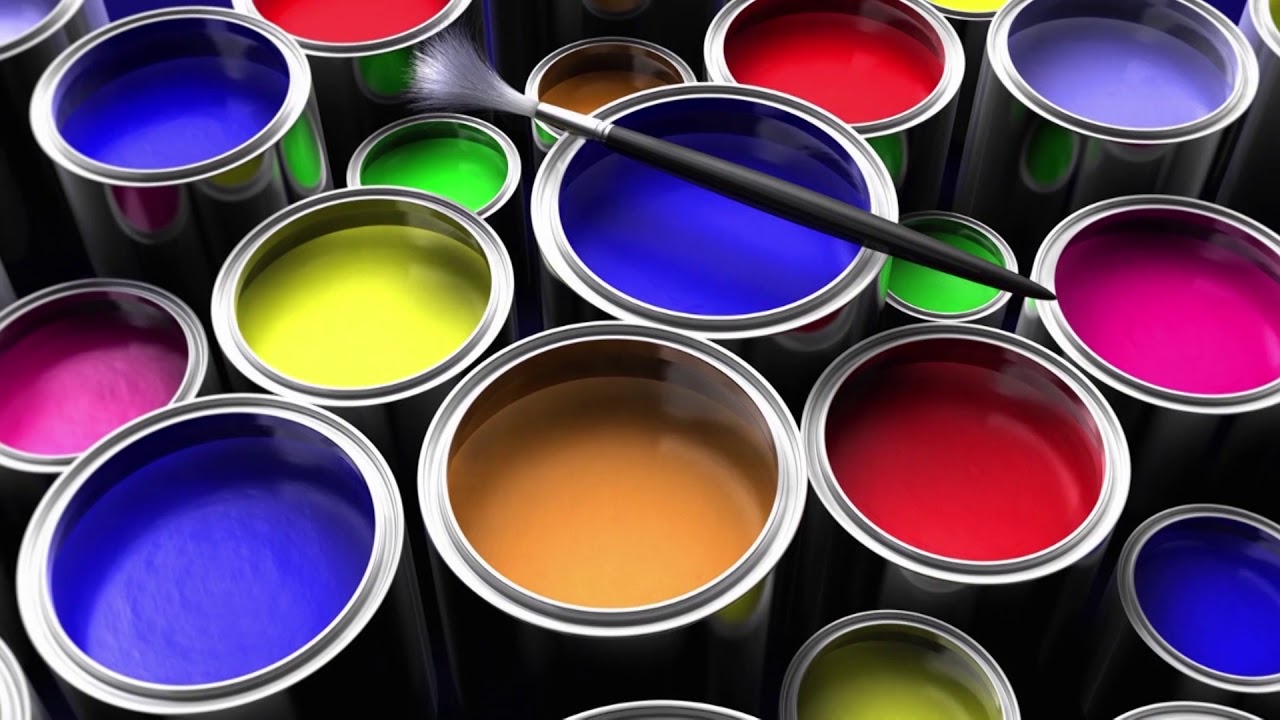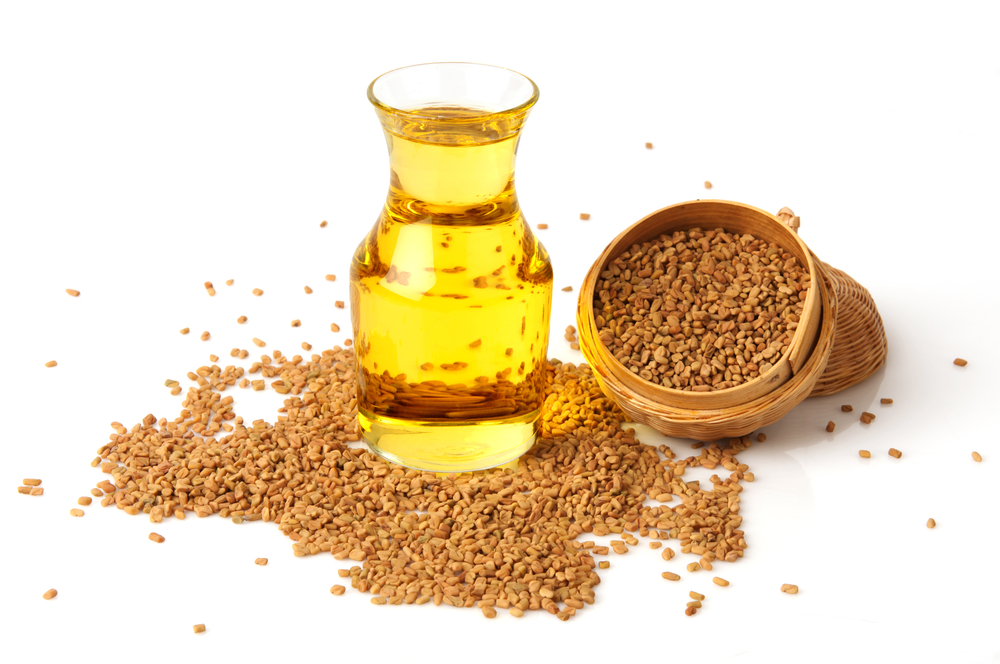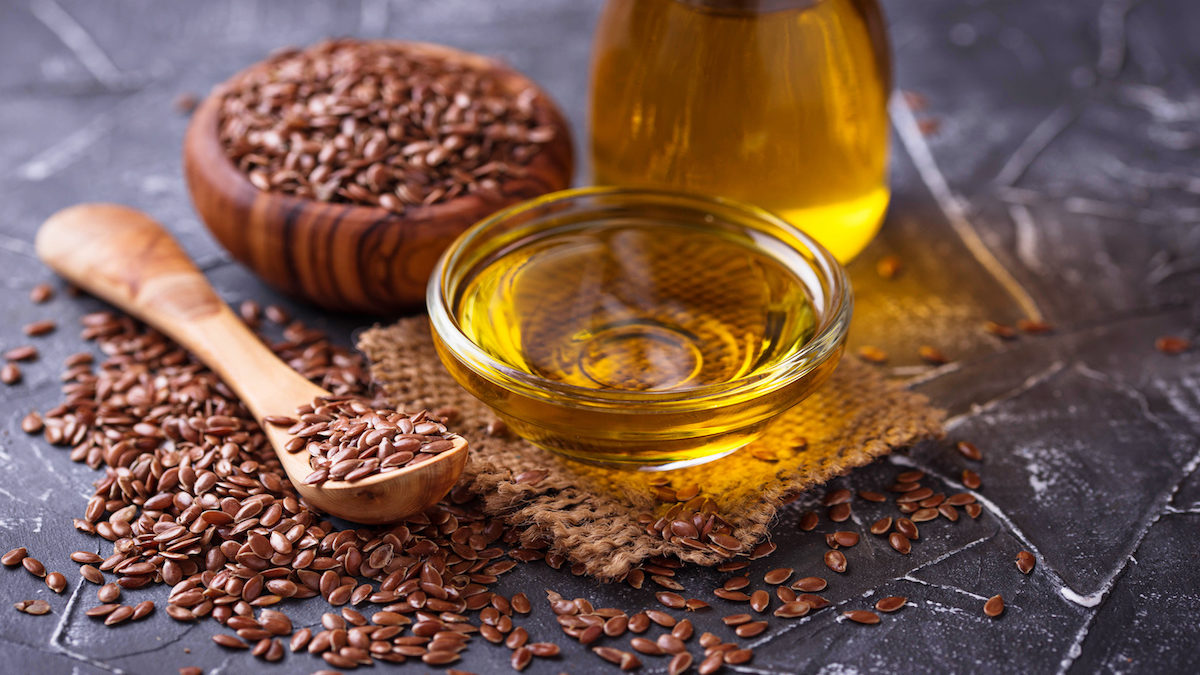How To Guide: Palm Oil Production and Packing Plant Machines, Types, and Components
Introduction:
Palm oil is one of the most widely used vegetable oils globally due to its versatile nature and high nutritional value. With the increasing demand for palm oil, setting up an efficient production and packing plant is essential to ensure a smooth and profitable operation. This guide will walk you through the essential machines, types, and components required for a successful palm oil production and packing plant.
- Palm Fruit Reception:
The first step in palm oil production is the reception of palm fruits. The reception process involves the following machines and components:
a) Conveyor System: A conveyor system is used to transport palm fruits from the truck to the processing area.
b) Weighing System: A weighing system is essential to accurately measure the incoming palm fruits' weight and track production quantities.
c) Fruit Sterilizer: The fruit sterilizer is used to heat and sterilize the palm fruits, preventing the growth of bacteria and fungi.
d) Fruit Thresher: This machine separates the palm fruits from their bunches, ensuring clean and efficient processing.
- Palm Oil Extraction:
After the palm fruits are separated from their bunches, the oil extraction process begins. The key machines and components involved are:
a) Digester: The digester is used to heat and break down the pulp of palm fruits to facilitate oil extraction.
b) Screw Press: A screw press is utilized to extract the palm oil from the digested pulp. It applies pressure to separate the oil from the fibers.
c) Oil Clarifier: The oil clarifier separates any solid impurities from the extracted oil, ensuring a clear and pure final product.
- Palm Oil Refining:
To produce high-quality palm oil suitable for consumption, the extracted oil undergoes refining. The following machines and components are essential in the refining process:
a) Degumming Tank: The degumming tank removes impurities such as phospholipids, gums, and proteins from the crude palm oil.
b) Neutralization Tank: In the neutralization tank, the acidic components of the palm oil are neutralized using caustic soda, resulting in a neutral pH.
c) Bleaching Tank: The bleaching tank removes pigments and other impurities from the neutralized oil, enhancing its appearance and quality.
d) Deodorization Tank: The deodorization tank eliminates any unpleasant odors in the palm oil, ensuring a clean and odorless final product.
- Palm Oil Packing:
Once the palm oil is refined and ready for distribution, the packing process begins. Consider the following machines and components for efficient packing operations:
a) Filling Machine: A filling machine is used to accurately measure the required amount of palm oil and fill it into various packaging formats, such as bottles, cans, or pouches.
b) Capping Machine: A capping machine seals the packaging containers to prevent leakage and maintain product integrity.
c) Labelling Machine: A labelling machine applies labels or stickers to the packaging containers, providing necessary information such as product details, quantity, and manufacturing date.
Conclusion:
Establishing a successful palm oil production and packing plant relies on acquiring the right machines and components for each stage of the process. From palm fruit reception to oil extraction, refining, and packaging, the proper equipment ensures efficiency, quality, and profitability. By following this guide, you can confidently set up your palm oil production and packing plant, contributing to the growing demand for this versatile vegetable oil.

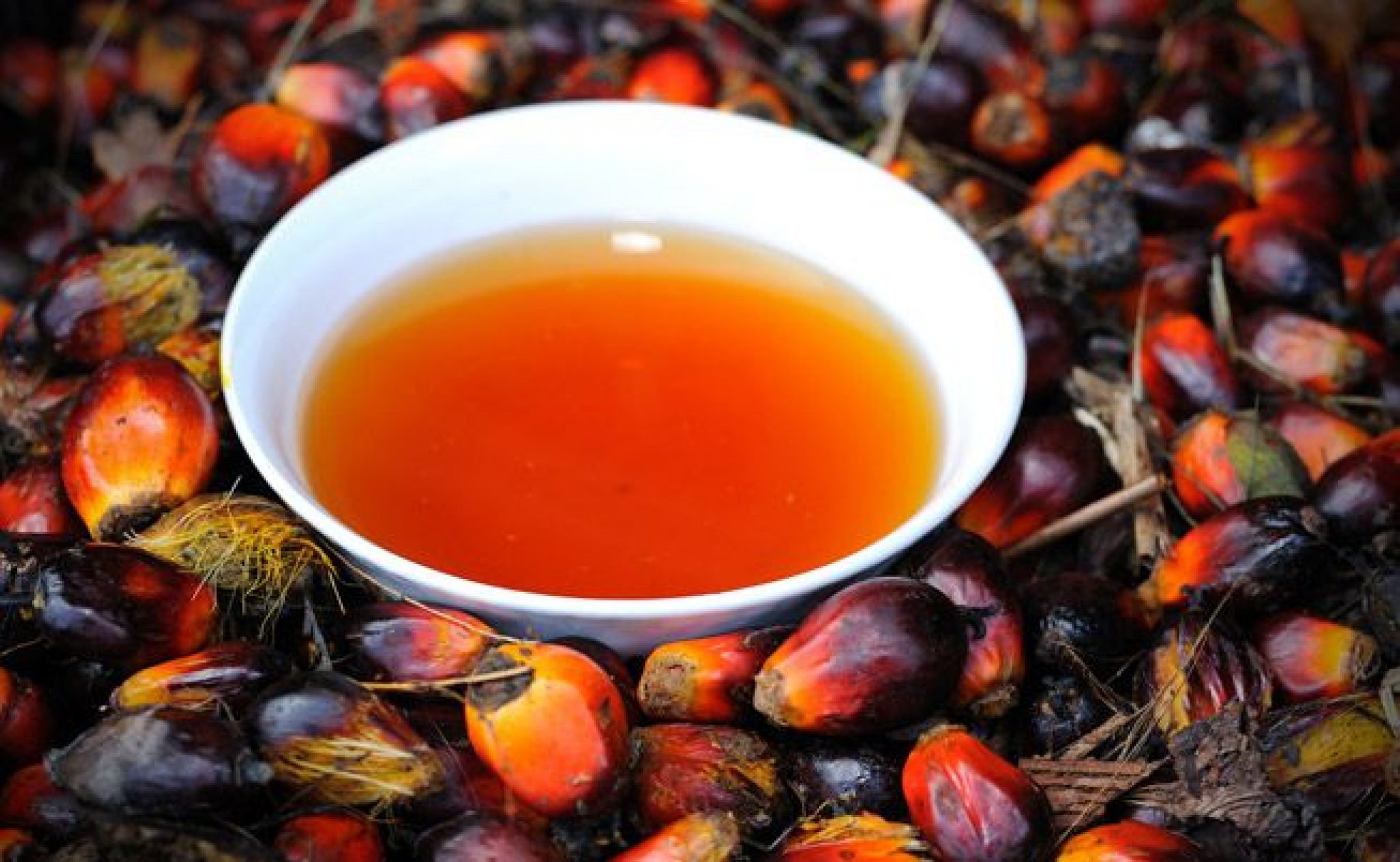
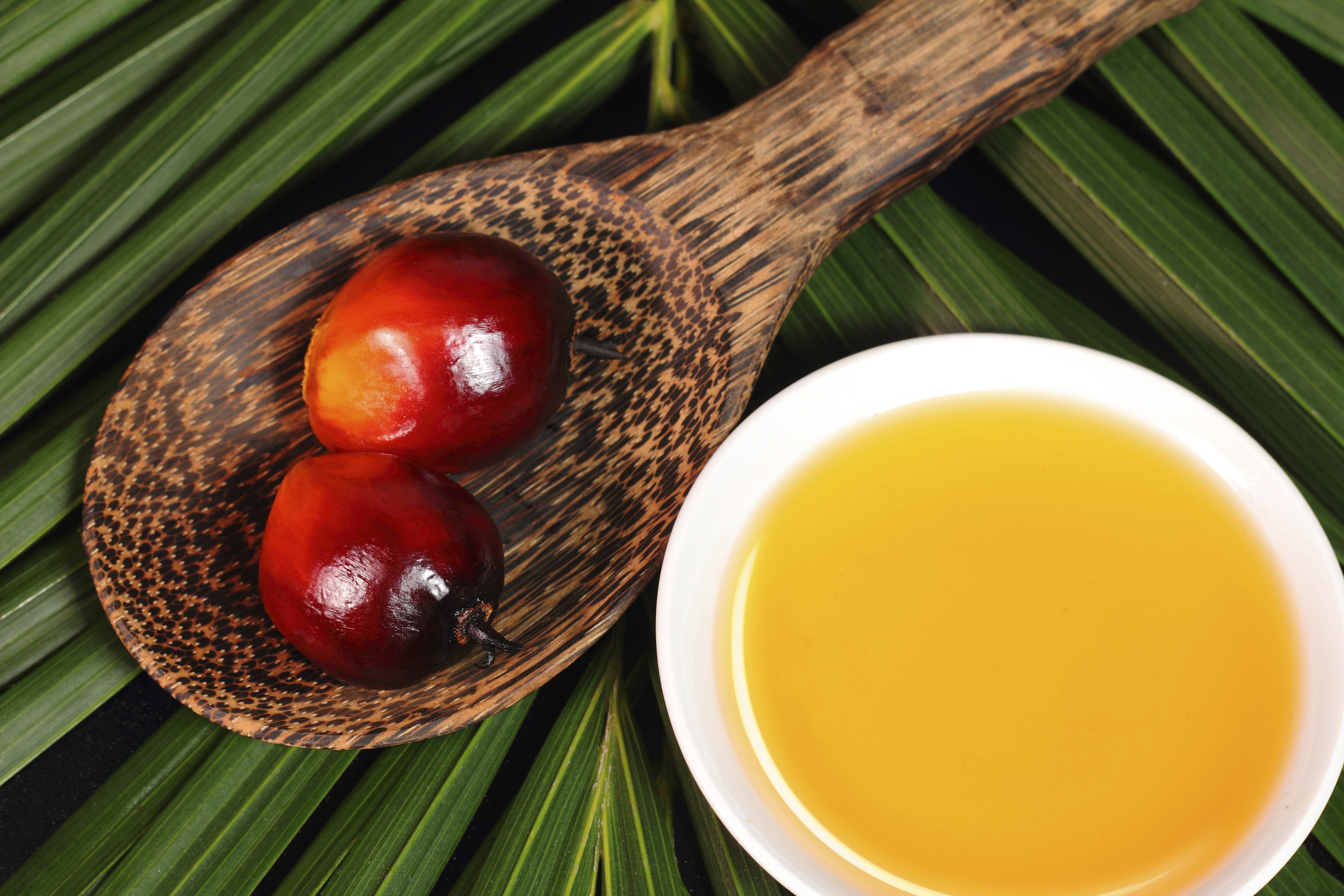
 Admin
Admin 